Physical Address
60 Ekwema Cres, Layout 460281, Imo
Physical Address
60 Ekwema Cres, Layout 460281, Imo
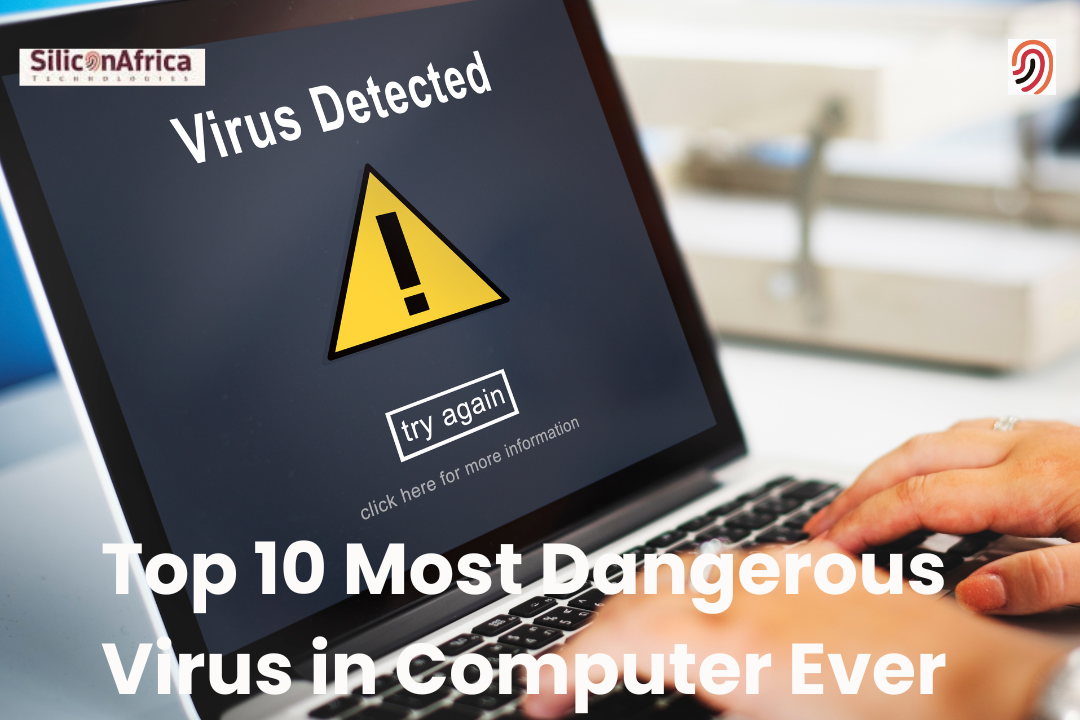
For all its wonders, the digital world can hide some nasty surprises. We’re not talking about embarrassing vacation pictures that suddenly turn up, we are talking about the most dangerous virus in computer, a malicious software program—viruses, worms, and so on—can wreak havoc on your computer.
These digital threats can steal your private facts, lock you out of access to your documents, or possibly crawl your device completely. But with so many exclusive types of malware, it can be difficult to discern which one poses the greatest threat.
In this article, we dive deep into the dark side of the digital world to look at the 10 most dangerous computer viruses ever created. We’ll reveal the sneaky ways these viruses spread, the form of damage they cause, and why they earned their region the shame of laptops.
A computer virus is malware that infiltrates and takes control of your system, affecting its functionality. A virus spreads through your computer, accomplishing
When you download a virus, it enters your device disguised as a genuine and harmless program or document. It can remain dormant until you execute the program to which it was attached.
From that point forward, it will do whatever it was designed to do, which may include collecting information, limiting your access to certain or all other files and programs, and infecting other devices on the same network.
Most viruses are simple to fight against; there are hundreds of excellent antivirus applications to choose from that protect your machine from the majority of malware that lurks about.
Read Also – 12 Tips to Stay Safe and Protect Your Privacy on Social Media
Computer viruses pose a great danger to the virtual landscape. These malicious apps infiltrate devices, bounce back, and disrupt operations using several techniques. Here is a breakdown of their harmful results.
Portable viruses ultimately pose a major risk to the integrity of records, reader privacy, and verified device health.
Fortunately, these risks can be significantly mitigated with proactive measures along with enforcing a robust anti-virus software program, keeping your software programs up-to-date, and alerting you to email attachments and unknown links.
Computer viruses are malicious codes or applications inserted directly into a device to sabotage its operation. These viruses can cause a wide range of damage, from erasing records on your hard drives to slowing down your system.
Some viruses even aim to crash your system suddenly, resulting in a complete loss of information.
The mode of operation depends on its type. Some viruses want action from the sufferer to stop sparking on their own, while some are impartial.
However, once activated, most viruses reverse themselves and create altered copies to avoid detection. They then release several malicious codes to destroy the device.
Emails and insecure websites are the primary assets of viruses these days. Bad actors effortlessly locate malicious code through links in suspicious emails or websites. Once a person clicks on these links or downloads something from a website, the virus enters the machine and gets to the images.
But the good news is that you can prevent a virus outbreak by installing a satisfactory antivirus program. A full set of protection tools will protect your surfing activities and test all downloads for potential viruses.
Also read- 10 Things To Know About Nigeria’s Cybercrime Act 2024
Determining the “most dangerous” computer virus can be subjective, depending on the criteria used. Here are 10 contenders for the top 10 most dangerous computer viruses ever created, listed in no particular order:
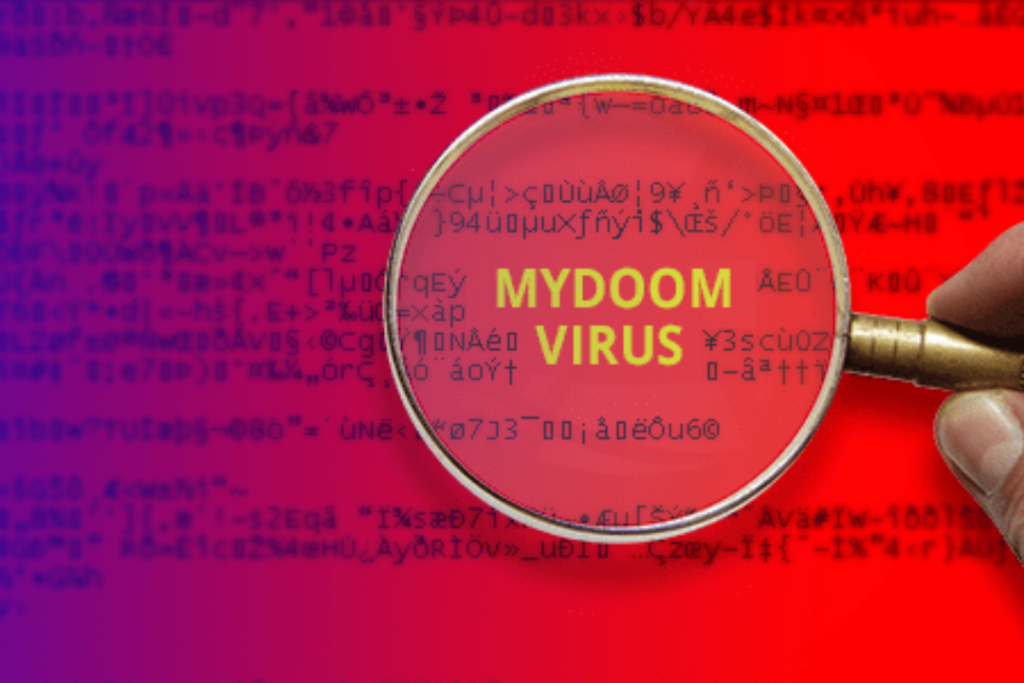
Imagine a worm crawling through your computer that doesn’t eat your documents but uses your email address to spam anyone on your contact list.
That’s Mydoom in a nutshell. It arrived in 2004, disguised as emails with widespread difficulty clues like “Hello” or “Mail Delivery System”. Clicking on the attached record (often . Exe or . Zip) launched Mydoom.
Mydoom does two things: First, it sends copies of itself to every person who deals with the e-book, so it spreads like wildfire. Second, it turns your laptop into a zombie, secretly becoming a member of a network of infected machines used to attack websites.
Mydoom wreaked havoc, disrupting email systems and costing billions. The weirdest part? The malware contained the message “Andy; just doing my job, nothing off the record, sorry,” suggesting that the creator was just a weapon used!
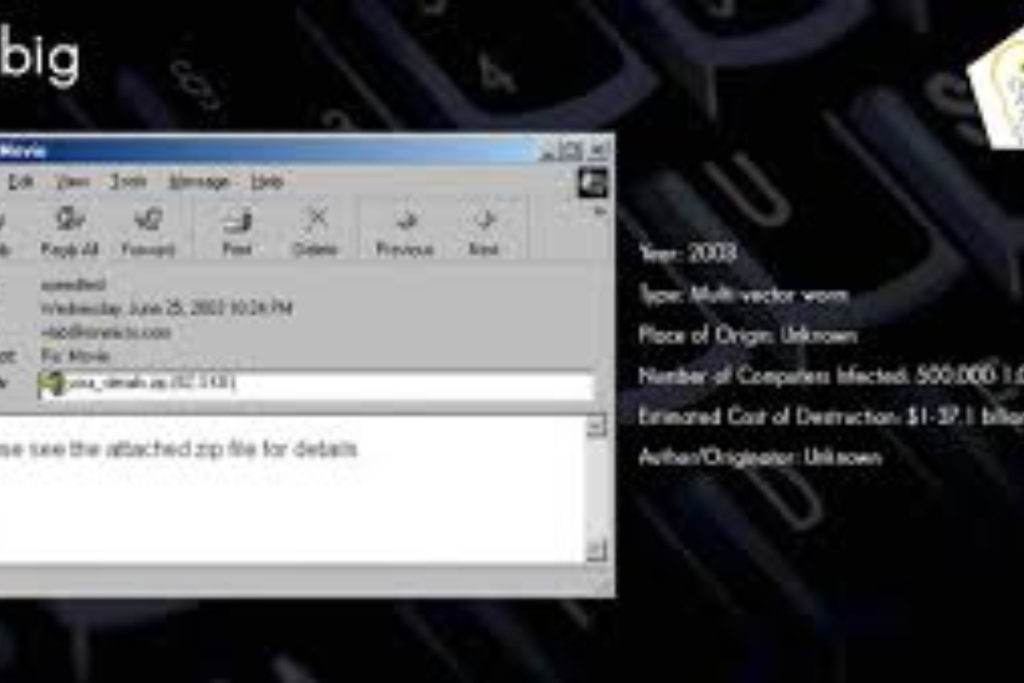
Sobig, some other email malware active in 2003, has become a relentless marketer on steroids. It uses catchy situations with assurances of exciting content (think “vital” or “pictures!!”) to drive you to budding passionate attachments.
Once opened, Sobig would spam your contacts or modify your laptop settings to make removing it harder.
Sobig’s real damage got here from its sheer scale. It developed so quickly that it clogged email servers, making sending or receiving valid emails nearly impossible.
Imagine being stuck with an inbox overflowing with junk mail—that was the internet at some point during Sobig’s height. While not as cutting-edge as Mydoom, Sobig’s relentless spam has claimed an estimated $30 billion in damages!
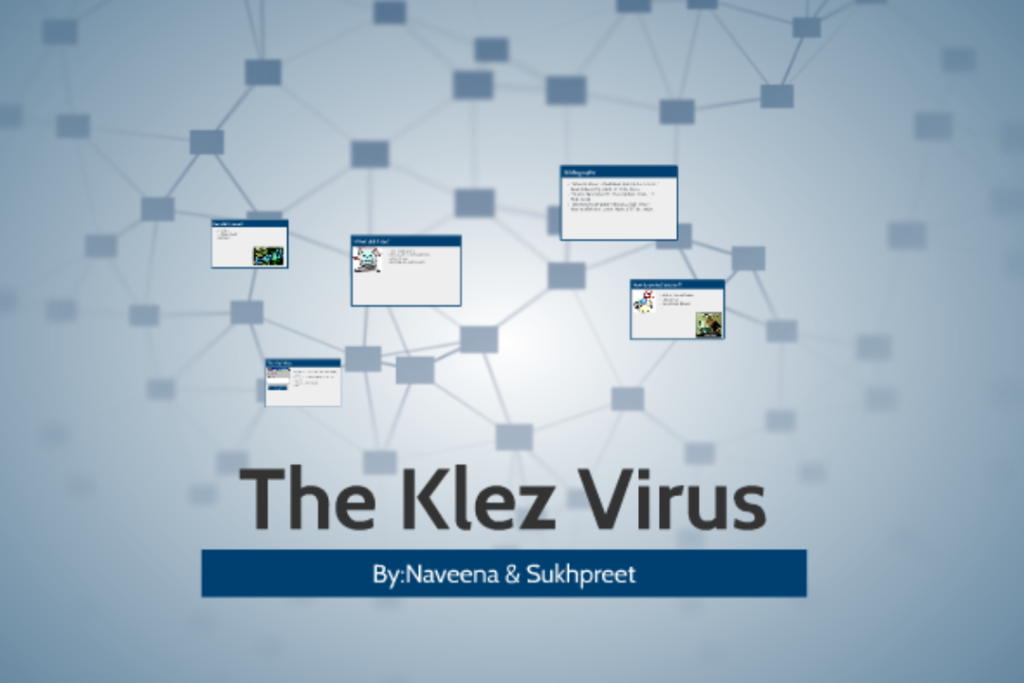
Klez was not as flashy as Mydoom or Sobig, but it became a chronic pest. From 1999 to the mid-2000s, Klez became a universal malware that combined the capabilities of worms, viruses, and Trojans.
It spreads through emails, infects files on your computer, or even downloads other malware. Klez liked to cover itself up, using random document names and modifying its code to avoid detection.
Klez is not after mass destruction, but it causes many complications. It corrupts documents, steals passwords, and generally slows down your computer. Although not the most famous now, Klez’s longevity and ability to transform into unique forms made it a real enterprise for the early antivirus software program it kept up with.

Imagine turning to your computer for pictures and seeing all your files locked with a ransom note. That’s what WannaCry did in 2017. This virus spread like wildfire, infecting millions of computer systems in hospitals, banks, and even corporate offices worldwide.
WannaCry holds your files hostage, stressing bitcoins (virtual cash) to unburden them. The attackers used a flaw in Microsoft’s software program, leaving many machines vulnerable.
While a few have paid up, many lost organizations have gained access to essential facts. WannaCry caused billions of dollars in damage and served as a wake-up call to the dangers of cyberattacks.
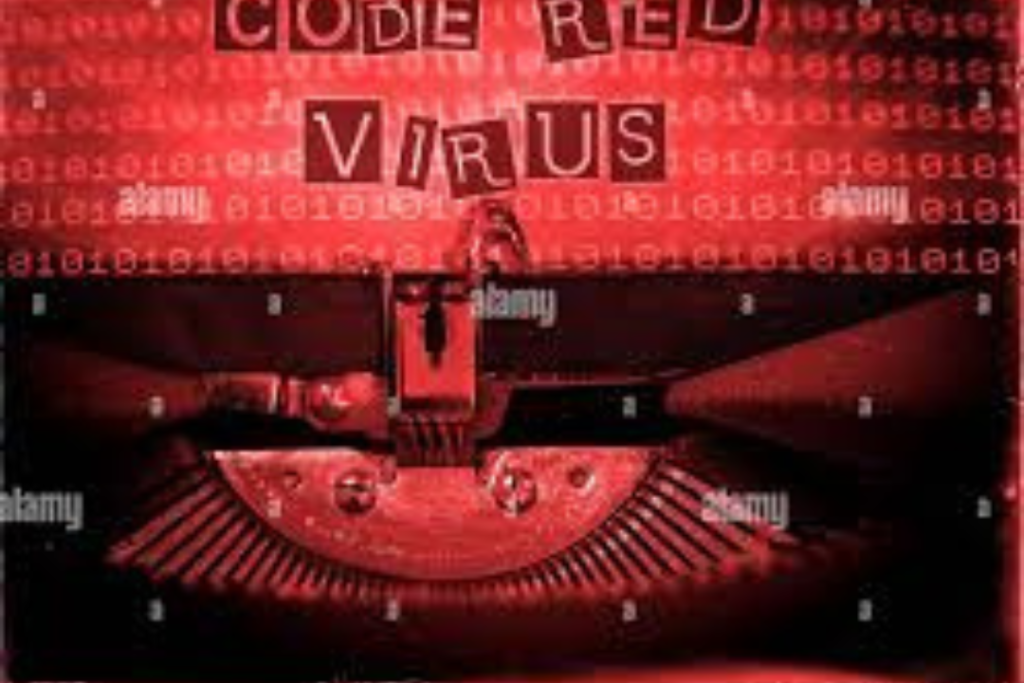
In the summer of 2001, Code Red exploited a weakness in Internet servers, causing tens of millions of websites to slow down or crash completely.
The Trojan horse also sought out susceptible machines for further spread. Although Code Red could not immediately steal facts, it did disrupt critical online services such as news websites and e-commerce platforms.
Fortunately, the patch was released quickly, but it highlighted the growing importance of network security.
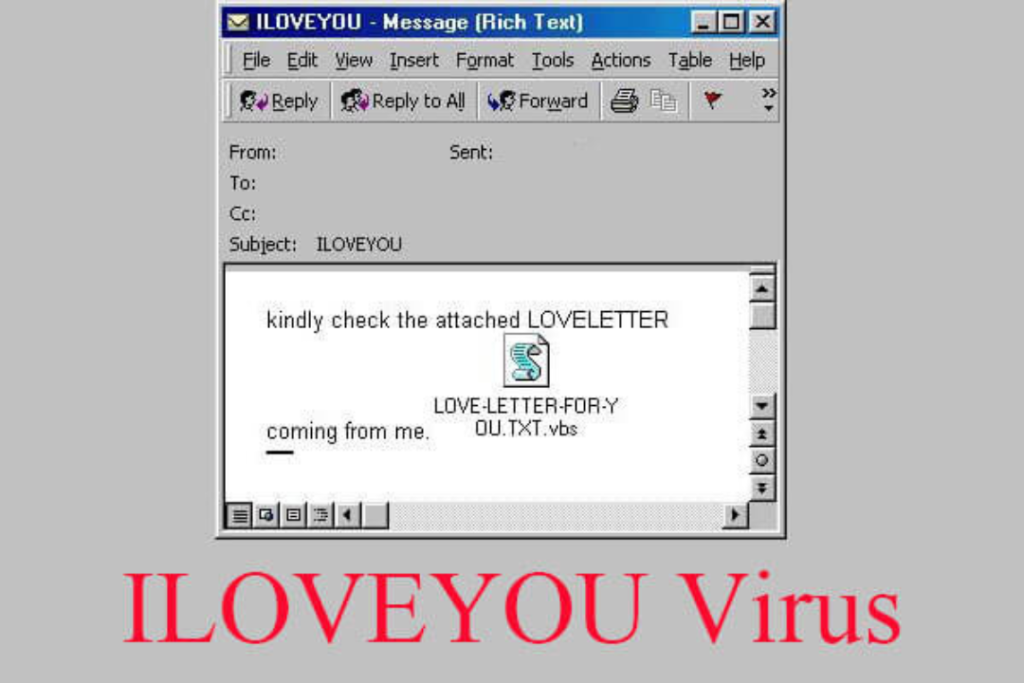
Love can be blind, just like computer users in the year 2000. ILOVEYOU is disguised as a candy love letter with an attachment known as “LOVE-LETTER-FOR-YOU.TXT.Vbs”.
But this wasn’t a love story. Clicking on the attachment launched a script that wreaked havoc on your computer. ILOVEYOU will scan your documents, email copies of itself to your contacts, and even download other malicious programs.
It spread rapidly through email lists and corporate servers, causing tens of millions of dollars in damage. This love letter heist became a harsh lesson in not engaging in suspicious relationships, even when they come with romantic guarantees.

In 1996, a new type of computer virus appeared – Melissa. Disguised as a Microsoft Word document with the enticing identification of “Important!! Read Me!”, Melissa set fire to computer systems with macros, software embedded in papers.
Once opened, the virus unleashed chaos. It rapidly improved and clogged e-mail servers with mass mail containing an infected file. Melissa focused on Microsoft Word users, which then became a huge institution.
While the damage wasn’t catastrophic, Melissa noticed a shift in how viruses focused on precise software vulnerabilities. Moreover, it showed how e-mail, an extremely new device at the time, could be used as a weapon for massive attacks.
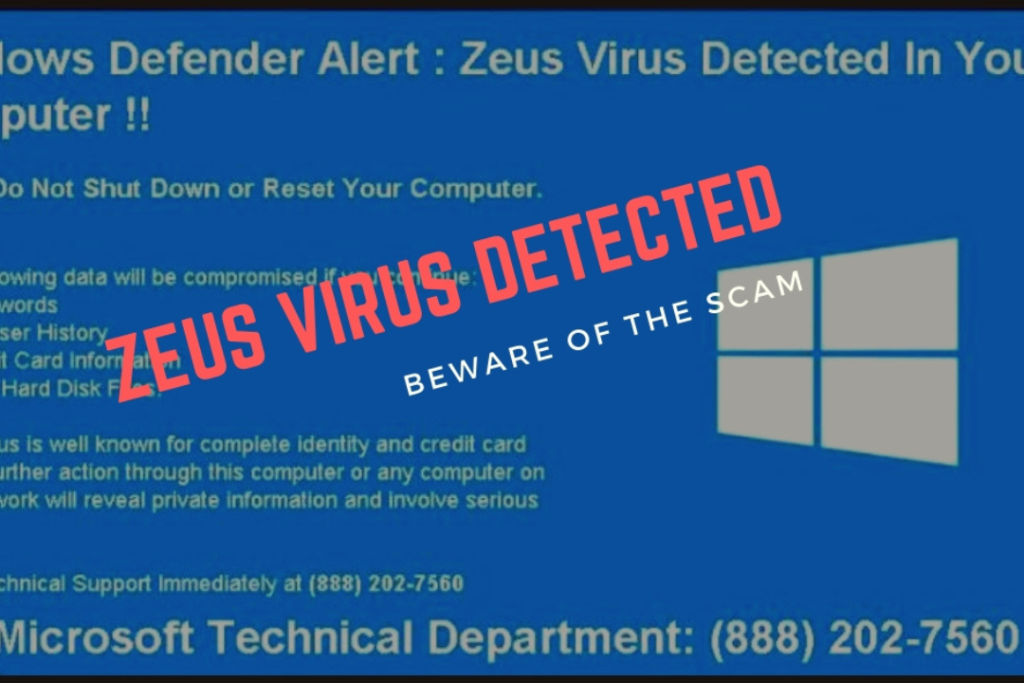
Imagine a thief sneaking into your home undetected, rummaging through your drawers, and stealing your financial institution account details. That’s Zeus, a nasty piece of malware designed to lurk in your laptop and borrow your financial stats.
It often masquerades as a valid software program or hides in emails waiting to be clicked. Once internal, Zeus can capture your online banking credentials, credit cards, or other sensitive information you enter.
It’s like a secret keylogger running on a cybercriminal! Zeus can wreak havoc on your budget, so beware of suspicious links and attachments and use strong, unique passwords for your online money owed.
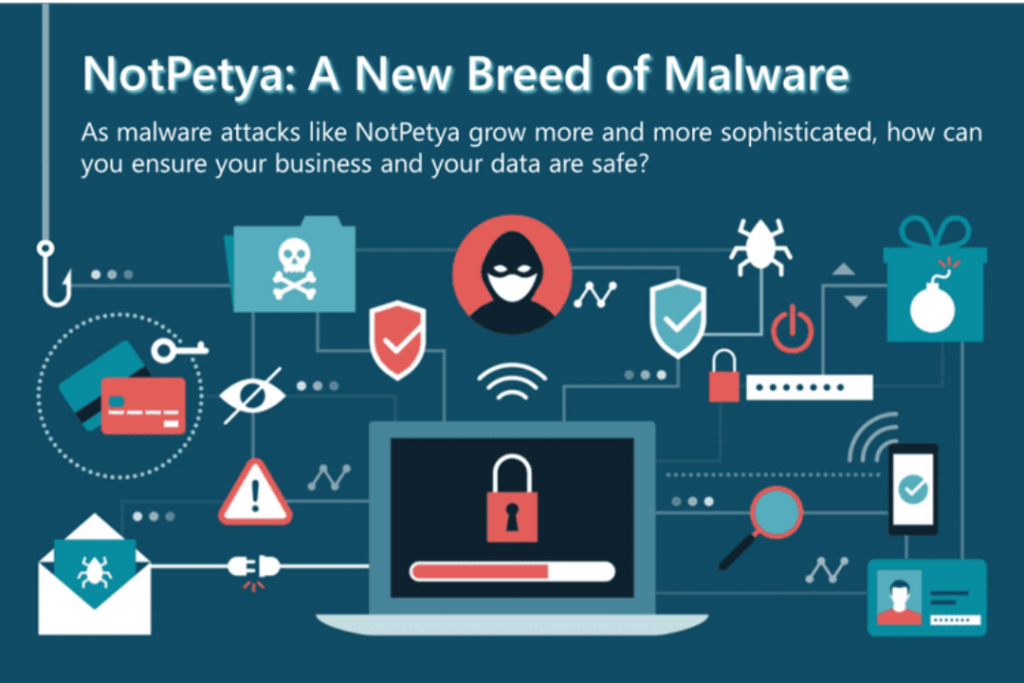
NotPetya is not your ordinary malware; it’s also like a virtual doomsday device. This malicious virus would not only steal your records but aims to destroy them completely.
NotPetya infects your laptop, encrypts your difficult strong content, and then displays a terrifying ransom message (which is in no way recoverable).
Unlike ransomware that would take your documents hostage, NotPetya is a real destroyer and leaves your statistics in a pile of virtual ashes.
The worst part? NotPetya became distinctly contagious, quickly spreading across networks and causing massive chaos. It’s a stark reminder of the importance of regular backups—having a duplicate of your information can be your lifesaver if disaster strikes.
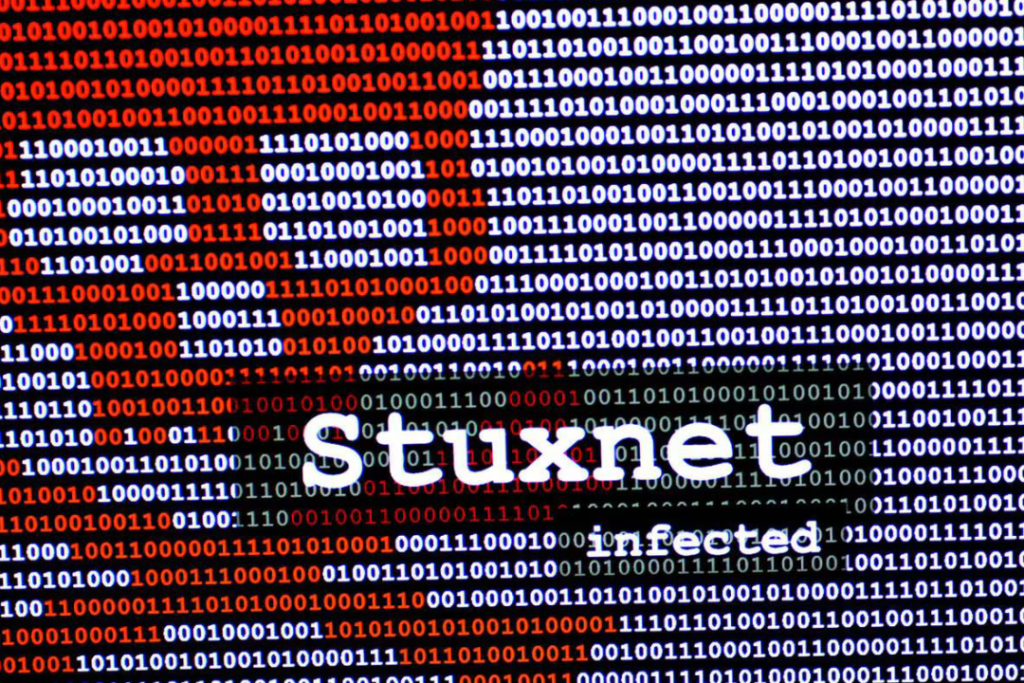
Stuxnet is also not your ordinary computer virus. It turned into an exceptionally sophisticated weapon, the first of its kind, designed to sabotage a specific target: Iran’s nuclear software.
Stuxnet is a worm, a self-replicating program that spreads through the network, infecting machines and manipulating industrial handling systems. Imagine an endemic taking over a production unit and messing with its machinery.
That’s exactly what Stuxnet does—disrupting important tactics at nuclear facilities, causing major damage, and raising critical fears of cyberwarfare. Stuxnet highlighted the vulnerability of critical infrastructure to cyberattacks and the ability of virtual weapons to rewrite the politics of conflict.
It is important to note that new viruses and malware threats appear constantly. By staying informed about modern threats and protecting your device, you can help protect yourself from these ever-evolving risks.
Read Also – Russian SolarWinds Hackers Accessed Microsoft ‘Senior Leadership’ Emails
Reading the approximate devastation caused by the most dangerous computer viruses can show you how easy it is to end up susceptible to an attack. Fortunately, you can take the following steps to prevent a hacker or virus from getting into your device:
Knowing how an antivirus program works to protect your online security is essential. Installing an antivirus on your tool gives you an added layer of protection against malware.
Your antivirus software will experiment with packages for suspicious files. If it finds any, you can choose to delete the documents or quarantine them until you decide what to do with them.
Some of the antivirus programs that provide free and paid plans include:
Many software programs and operating systems display notifications when an update is due. These updates may get bug fixes that could make you vulnerable to a computer virus.
Your antivirus software wants to stay updated to catch the latest computer viruses. Because new malware is created every day, your software program can’t catch what it doesn’t catch. Likewise, updates to your operating system can fix new security flaws that hackers might try to exploit.
A simple update can mean the difference between a portable virus infecting your device and your stats being permanent.
You may imagine it looks simple, but remember how the most dangerous computer viruses we mentioned evolved. These may seem like innocent attachments before customers open them. Once opened, they managed to infect the device and in some cases spread across the entire network of computers.
Don’t open it if something looks out of the ordinary or suspicious. Use caution when traveling through websites, and don’t click on pop-up ads, which often contain malware.
Many are spread through e-mail attachments with enticing concerns or masquerading as legitimate files. Others exploited weaknesses in software programs or networks.
Some, like Conficker, keep infecting old systems. However, the advanced security procedures and anti-virus software programs make them much less effective than their premium counterparts.
These attacks highlight the importance of keeping up-to-date with security patches, being careful with email attachments, and using a robust antivirus program.
Security software has become extremely sophisticated and users are usually more informed about online threats. However, cybercriminals are also constantly expanding new strategies.
Seeing how the most dangerous computer viruses can penetrate and gain entry into several devices underlines the importance of online exercise notices.
Unfortunately, hackers try to access your most sensitive records for fun or financial gain. However, this should not deter you from surfing online.
Using the right equipment, you can live safely and keep your devices safe. Use a strong antivirus program and avoid suspicious emails to greatly reduce the risk of cybercriminals hacking your tool.
We’d love to hear your thoughts! Leave a comment below and follow us on social media for more suggestions and updates:
– Facebook: Silicon Africa
– Instagram: @siliconafricatech
– Twitter: @siliconafritech